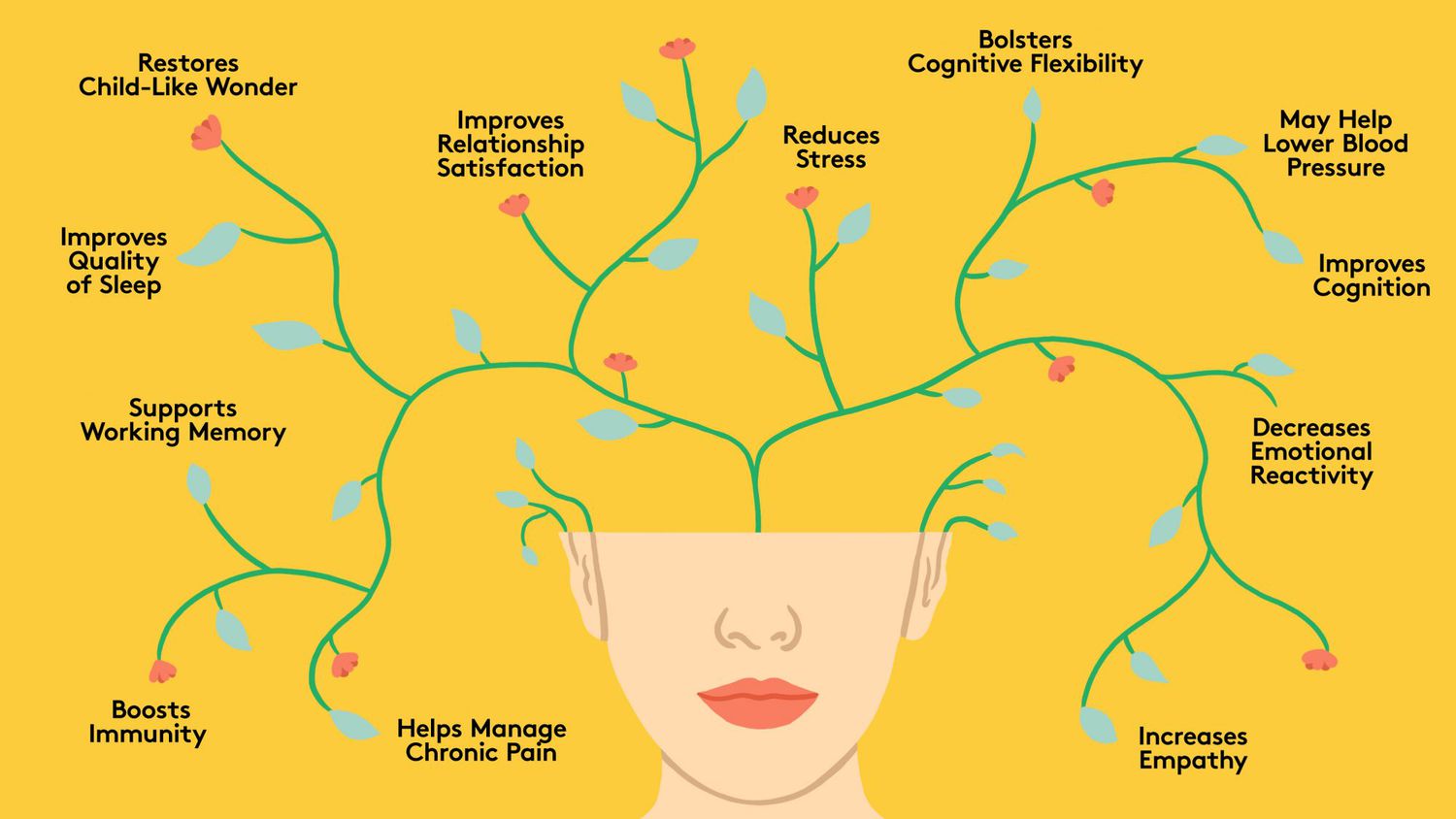Meditation or Mindfulness
Differences between meditation and mindfulness:
Meditation and mindfulness are related practices that share some similarities but also have some differences.
Meditation is a more formal practice that involves sitting quietly and focusing the mind on a specific object, such as the breath, a mantra, or a visualization. The goal of meditation is to achieve a state of deep relaxation and inner peace by quieting the mind and reducing mental chatter.
Mindfulness, on the other hand, is a state of being that can be cultivated through various practices, including meditation. Mindfulness involves paying attention to the present moment with a non-judgmental and accepting attitude. It can be practiced during any activity, such as walking, eating, or even washing the dishes.
So, while meditation is a specific technique that is used to cultivate mindfulness, mindfulness can be practiced in a variety of ways, not just through meditation. Meditation is a formal practice that is usually done for a specific period of time, while mindfulness can be practiced throughout the day, in any activity.
In summary, meditation is a specific technique that can be used to cultivate mindfulness, while mindfulness is a state of being that can be cultivated through various practices, including meditation.
Here are 3 main benefits of practicing mindfulness in daily life:
Reduced stress and anxiety: Mindfulness can help to reduce stress and anxiety by allowing you to focus on the present moment and become more aware of your thoughts and feelings. It can also help to develop a greater sense of self-awareness, which can lead to a more positive outlook on life.
Improved mental well-being: Mindfulness can help to improve mental well-being by promoting self-compassion, resilience, and emotional regulation. It can also reduce symptoms of depression and anxiety and improve overall mental health.
Better decision-making and problem-solving skills: Mindfulness can improve decision-making and problem-solving skills by helping you to focus on the present moment and make more thoughtful and deliberate choices. It can also increase creativity and innovation by promoting a more open and curious mindset.
Here are 3 main benefits of practicing Mindfulness in a Social Tango environment:
Enhances overall dance quality: With the attention of your breath, you arrive at the pure Presence. It reduces the mind chatter which take you away from the actual experience of dancing. Your pure awareness of the music and partner in the moment will enhance the response to the movements and the emotional connection, which is called Isopraxism (aka Limbic Synchrony).
Creates authentic connections: The total acceptance of yourself and your partner is the foundation of connection. The connection is authentic because that is when you are not trying to be someone whom you are not, or you are not trying to change someone else whom they are not. The total acceptance helps you to be vulnerable, and accept another person's imperfect self, it is the greatest Bridge between people.
Builds harmonious social environment: The non-judgemental practice of mindfulness takes away the labels of people. They are now just another human being, not a Good or Bad dancer. The gratitude practice will help you to recognize the positive side of everything rather than finding faults of each situation that does not meet your expectation. The loving-kindness practice towards yourself and others helps the social dynamics to be gentle, and can resolve conflicts instead of avoiding conflicts.
You can attend any of the Tango Mindfulness Workshops scheduled at upcoming marathons. Private coaching sessions are also available online or in-person.



